QuestionI have been battling an infection in my horse's frog for some time. I've been using Thrushbuster (as per my farrier) but I can't seem to get it kicked.
My farrier won't touch frogs, and so I decided to explore on my own (not sure if that was the right thing to do or not, but I'm running out of ideas) His frogs looked OK, but he's been walking tenderfooted, and when I pushed on his them they felt spongy. My Farrier and vet insisted that I was worrying for nothing. I cut away a little bit of the frog at the softest part, and exposed a little pin sized hole. I pushed on the frog next to it and a white pasty substance came out. So I cut away more, to find several pockets of the stuff. When I picked in the pockets with my hoof pick, I scooped out sort of curdled white stuff.
I opened up the pockets as much as I could, but being that I am not an expert, I am awkward with the hoof-knife, and don't want to mutilate my horse, I stopped.
So, my research tells me this might be a yeast infection. He did definitely have thrush a one point, but doesn't appear to any longer. He lives outside 24/7 with a run-in that always has clean dry bedding. I clean up his pasture regularly. I pick his feet twice daily. I don't have access to a stall, and so cannot stall him. There are only 2 farriers in my area, and only one of them doesn't insist on shoeing everything in site... but he won't touch frogs (and I suspect I'm going to get an earful for having taken this into my own hands).
He is on quality grass hay and supplements. I just recently started him on farriers formula (recommended by my vet to toughen up his heels before I found out there is something going on there)
So, (sorry for the novel here) I'm not positive what to do next. I am finding so much conflicting information, and my vet and farrier don't really seem to know what's going on either.
How much frog should be taken away? There are still little cracks and crevices that housed the white yuck, I've opened them up as much as I could... I have the feeling I'll be doing this myself.
Do I absolutely need access to a stall to get him over this?
What can I do to turn the page in this book? I'm just at a loss. I want this to be over with, and I'm sure he does to.
Thank you for your help.
AnswerHi Erika. There are a couple of products you could try that have been proven,over and over, to help with yeast and thrush. Clean Trax and White Lightening. I would suggest that you try one of those. Follow the directions. I might also, myself, use Calendula Oil to get into the deepest recesses after doing the Clean Trax or WL. Try to keep the hooves as dry as possible. If you've done your research then I'm sure you've read that both Thrush and Yeast are anaerobics and love dark, moist areas.
I cannot tell you "how much frog should be taken away" without seeing the hooves, themselves. It's always a situation of having to see and 'feel' what might be needed.
Yeast is a systemic issue so what I would do, seeing that he's getting just hay and supplements would be to add some fresh 'salads' to his diet - all organic and 'vine ripened' if you can manage it. But once daily, give him 1 apple, 1 orange, 1 banana, 3-4 carrots, 1 - 2 yams, a large handful of greens (Spinach or Kale or mixed Spring Mix), maybe some wheat grass and kelp, 1/4 cup Flaxseed, sprinkle some Olive or Safflower Oil with garlic (you can infuse a large clove of garlic right into the oil with a fresh sprig of Rosemary) and a splash of Organic Apple Cider vinegar. You don't have to seed and peel the fruits and if you have other fruits and veggies then they can be added if you feel like it. Just no tomatoes, no potatoes, no onions or eggplant. The fresh forages add multiple nutrients, vitamins and live enzymes that will help his own digestion system be able to fully utilize the other nutrients he is getting from his hay and supplements. (Although, to be honest, if feeding the salads then you can probably dispense with the supplements. They won't be needed.)
Just think as to what a 'natural horse' would eat in the wild. All the vegetations and forages that the ideal land would afford him. "Nature" provided all that the horse needs to live a long, healthy life and the ferals/wilds don't get the afflictions that the domestics do.
Keep the hooves trimmed up so the frogs can have active contact on the ground when the hoof loads. That means keeping the heels down and back and keeping the toes backed up, too, to ensure a heel-first landing of the hoof.
Sounds like you've got a good handle on the rest with 24/7 turnout and maintaining the paddock areas and loafing sheds.
Hope some of this is helpful to you.
:) -- Gwen

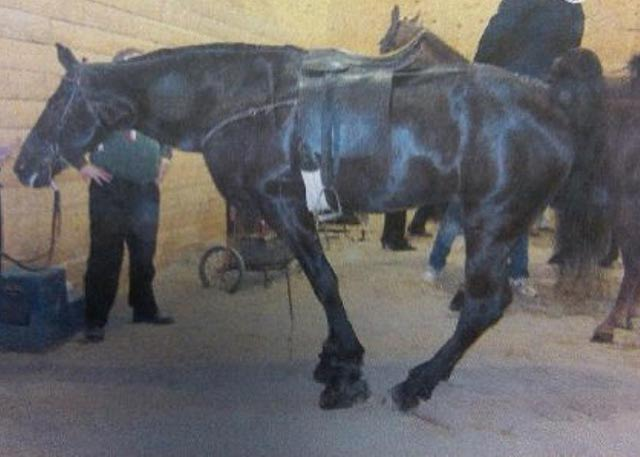 laminitis
Question
laminitis
hello sir, did this horse get
laminitis
Question
laminitis
hello sir, did this horse get
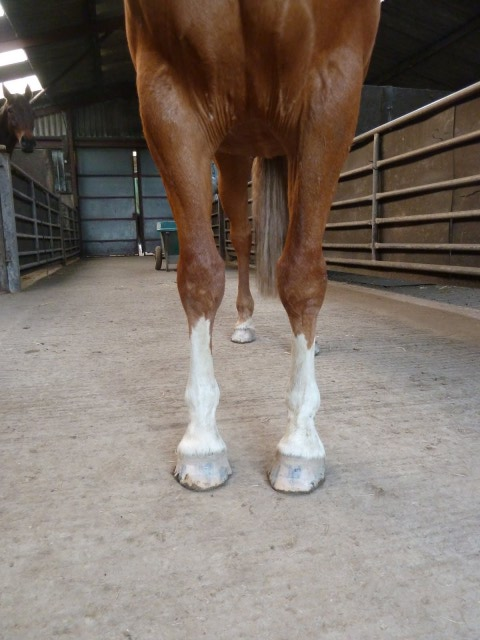 horse with flat feet with thin sole
Questionhorse with flat feet w
QUESTION: hello,
horse with flat feet with thin sole
Questionhorse with flat feet w
QUESTION: hello,
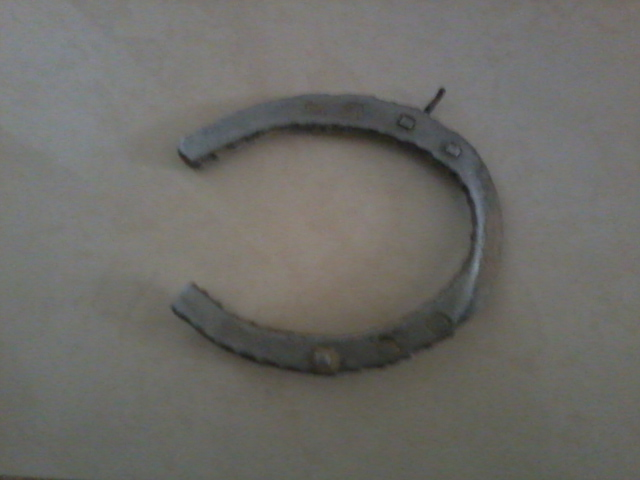 toe bent shoe
Question
toe bent toe bent.
hello sir. thi
toe bent shoe
Question
toe bent toe bent.
hello sir. thi
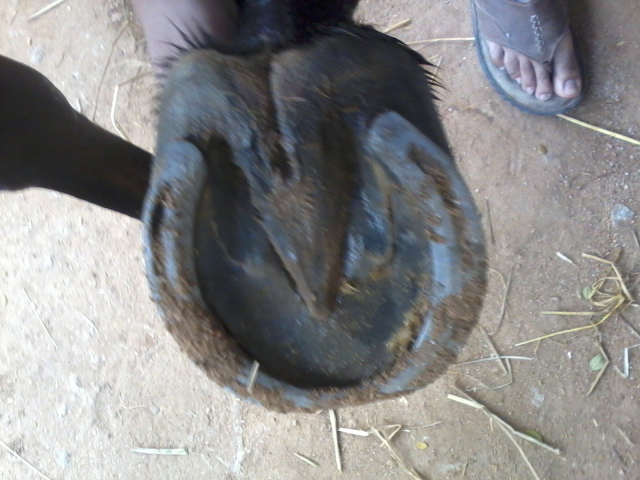 flat or concave sole
Question
flat feet or concaved
hello sir, may i
flat or concave sole
Question
flat feet or concaved
hello sir, may i
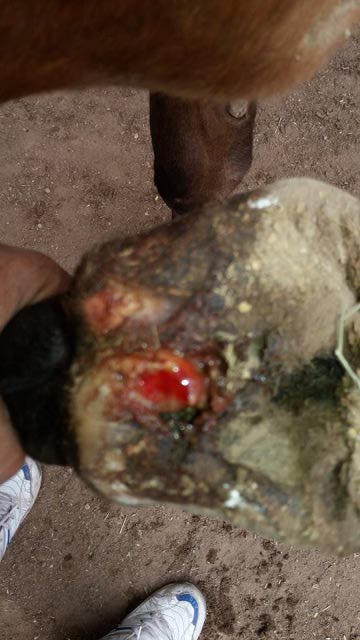 foal heel injury
Question
heel injury
Hello sir. I have a questio
foal heel injury
Question
heel injury
Hello sir. I have a questio